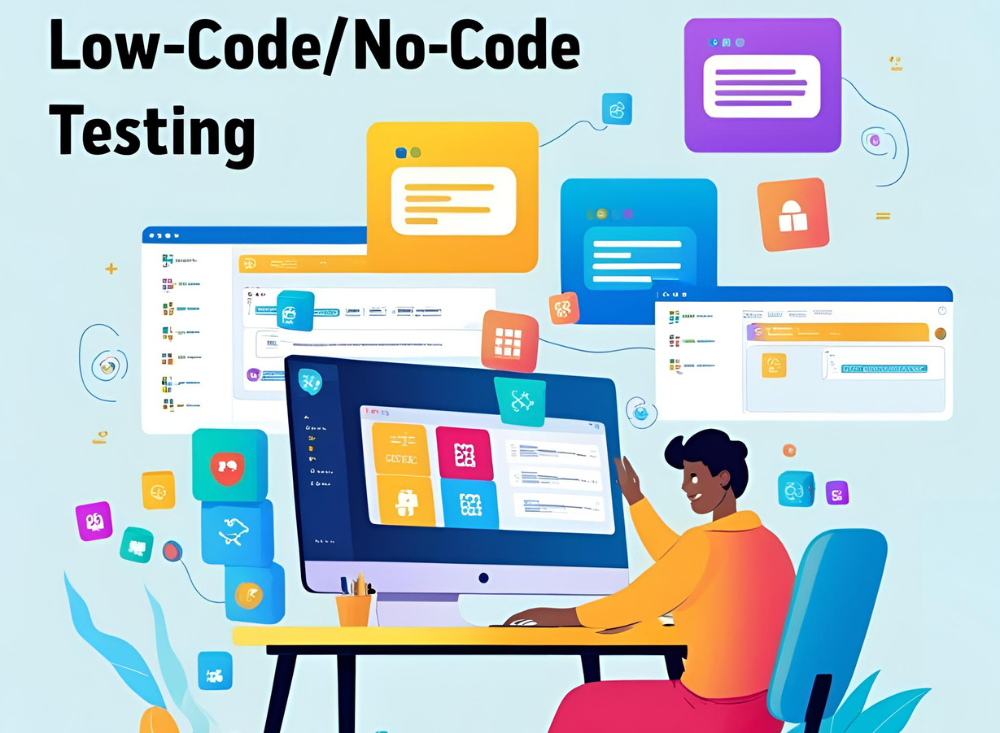
The software development world is undergoing a seismic shift. With low-code/no-code (LCNC) platforms democratizing app creation, a pressing question emerges: Will traditional testers become obsolete? Far from eliminating the need for quality assurance, this movement is ushering in a new era of testing — one where domain experts, business users, and AI collaborate with professional testers to redefine quality at scale.
The LCNC Revolution: A Double-Edged Sword for Testing
Low-code/no-code platforms promise faster development, reduced technical barriers, and instant prototyping. But speed without quality is a recipe for disaster. As enterprises adopt these tools, they face critical testing challenges:
- Explosion of Citizen Developers: Business teams now build apps without deep coding knowledge — but who ensures they work flawlessly?
- Hidden Complexity: “Simple” drag-and-drop apps still rely on backend integrations, APIs, and data flows that can fail silently.
- Scalability Risks: Rapid iterations demand equally fast and reliable testing — something manual processes can’t sustain.
This isn’t the end of testing; it’s the birth of a smarter, more inclusive QA paradigm.
The New Testing Landscape: Humans + AI + Domain Expertise
1.Citizen Testers Take Center Stage
With LCNC, business users become frontline testers. They understand workflows better than anyone — but they need guardrails. The future belongs to guided testing frameworks where:
- Automated checks run in the background, catching regressions instantly.
- Self-healing test scripts adapt to UI changes without manual updates.
- Natural-language test cases allow non-technical users to define validations in plain English.
2.AI as the Invisible Testing Partner
Artificial intelligence is transforming LCNC testing by:
- Auto-generating test scenarios based on user behavior patterns.
- Predicting high-risk areas before the first click.
- Prioritizing defects by business impact, not just technical severity.
This doesn’t replace testers — it elevates them to strategic roles overseeing AI-driven pipelines.
3.Shift-Left Meets Shift-Right (Testing Without Boundaries)
Testing is no longer a phase; it’s continuous and ubiquitous:
- Shift-Left: Testability is baked into LCNC components upfront.
- Shift-Right: Real-user monitoring in production catches what pre-release tests miss.
- Self-Testing Applications: Apps validate their own behavior using embedded checks.
4.The Tester’s New Role: Quality Orchestrator
The “QA engineer” of tomorrow won’t just execute test cases — they’ll:
- Design self-service testing frameworks for citizen developers.
- Train AI models to recognize domain-specific failure patterns.
- Bridge the gap between business logic and technical risk.
The Verdict: Obsolescence or Renaissance?
Low-code/no-code doesn’t eliminate testers — it redefines their value. The future belongs to professionals who:
✔ Speak both business and tech fluently
✔ Leverage AI without depending on it
✔ Treat quality as a shared responsibility
Conclusion: The Democratization of Quality
This isn’t the end of testing careers — it’s the dawn of testing’s most impactful era. As LCNC platforms handle the “how,” human testers focus on the “why” and “what if.” The result? Faster delivery without sacrificing robustness.
The question isn’t whether testers will become obsolete. It’s whether they’ll seize this opportunity to lead the next quality revolution. One thing is certain: in the age of citizen development, the world needs testers more than ever — just not the kind we’re used to.